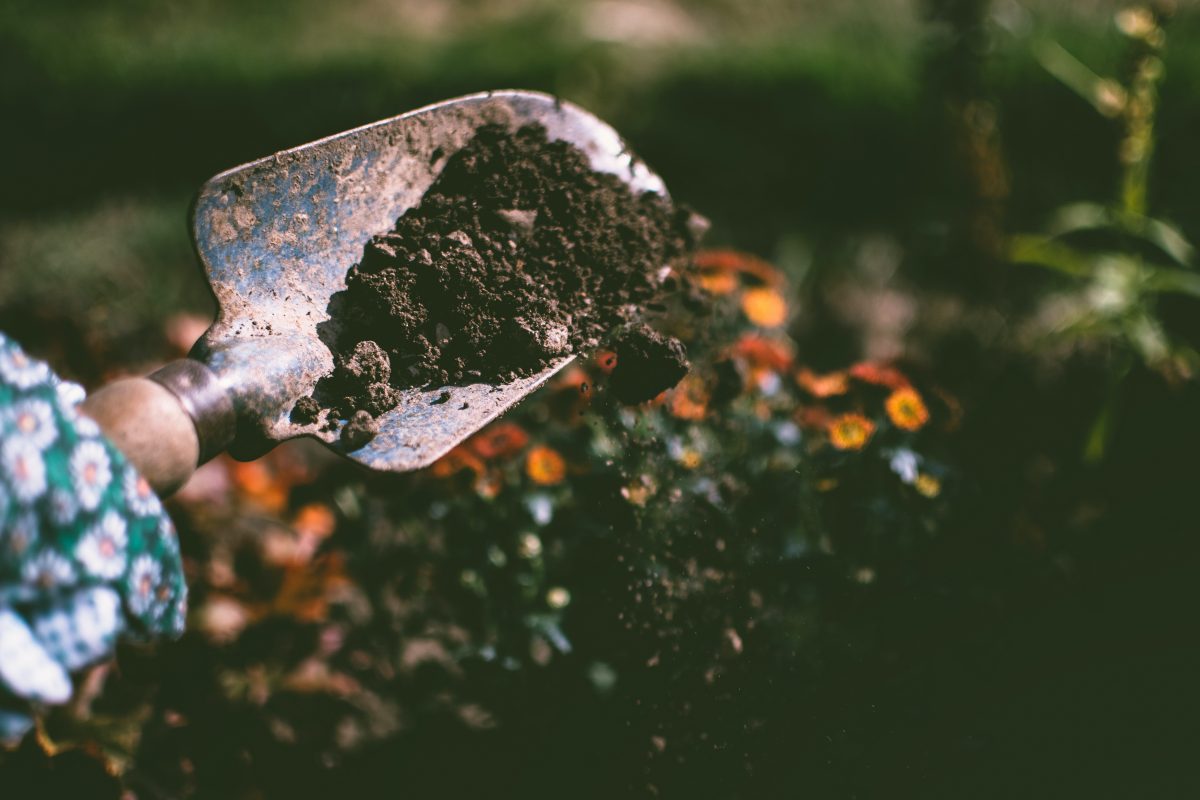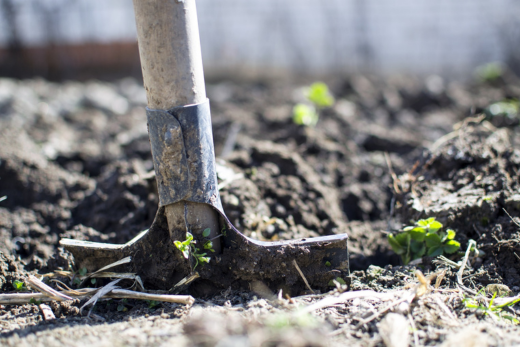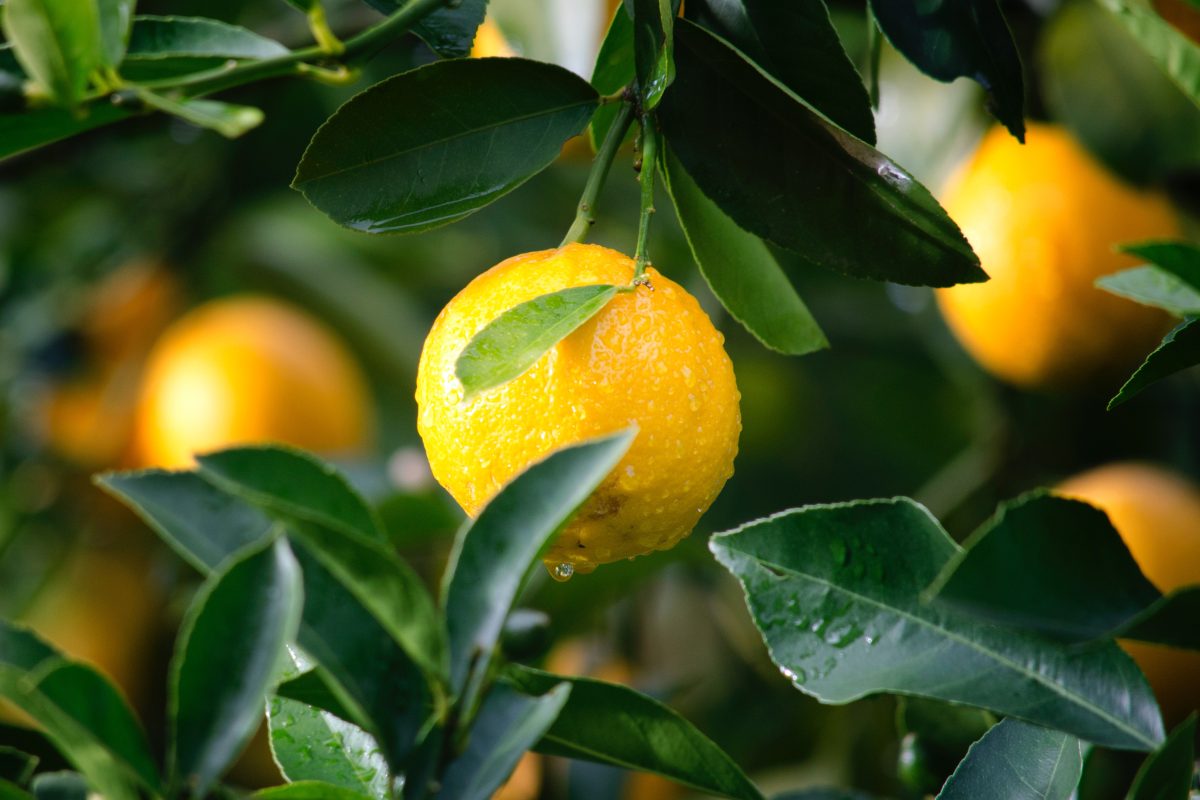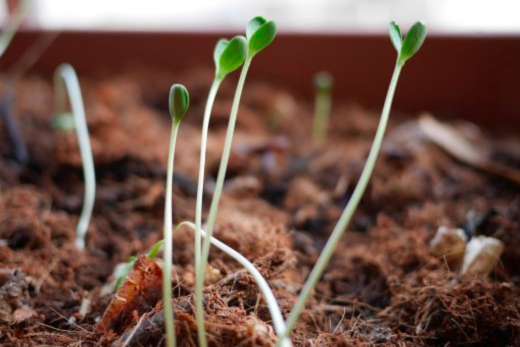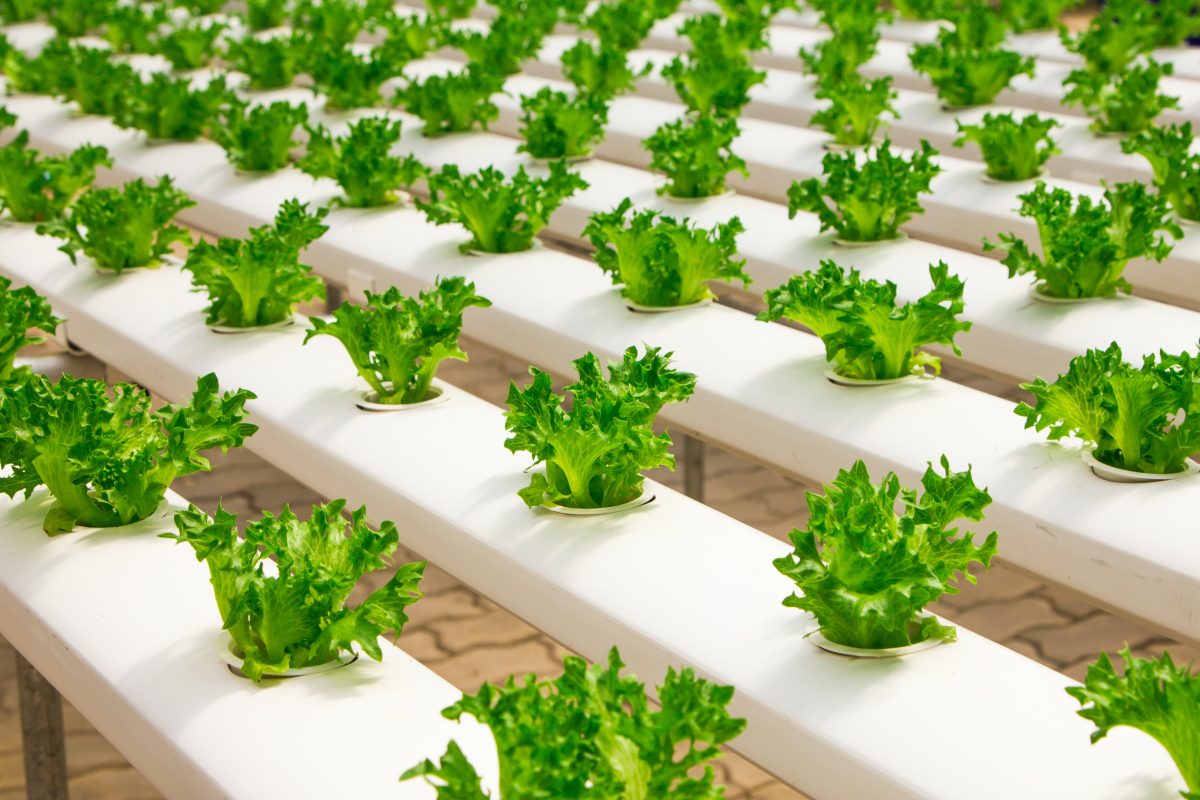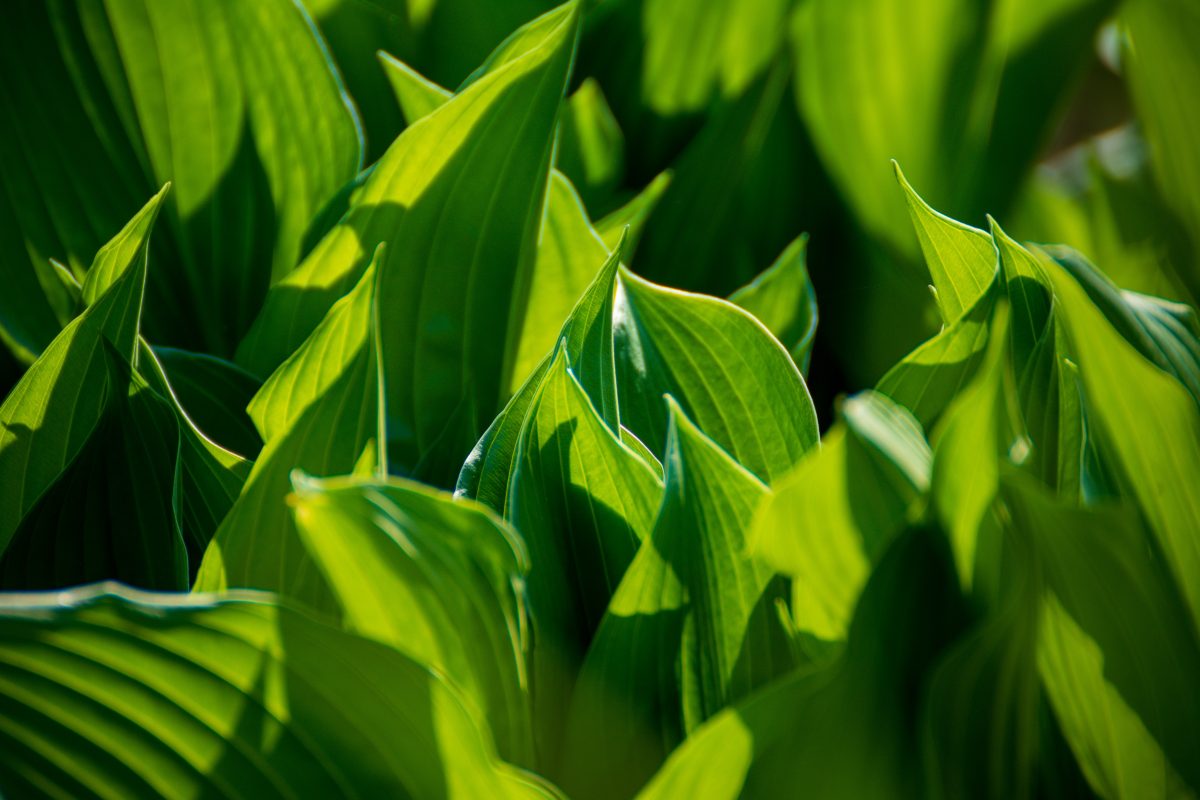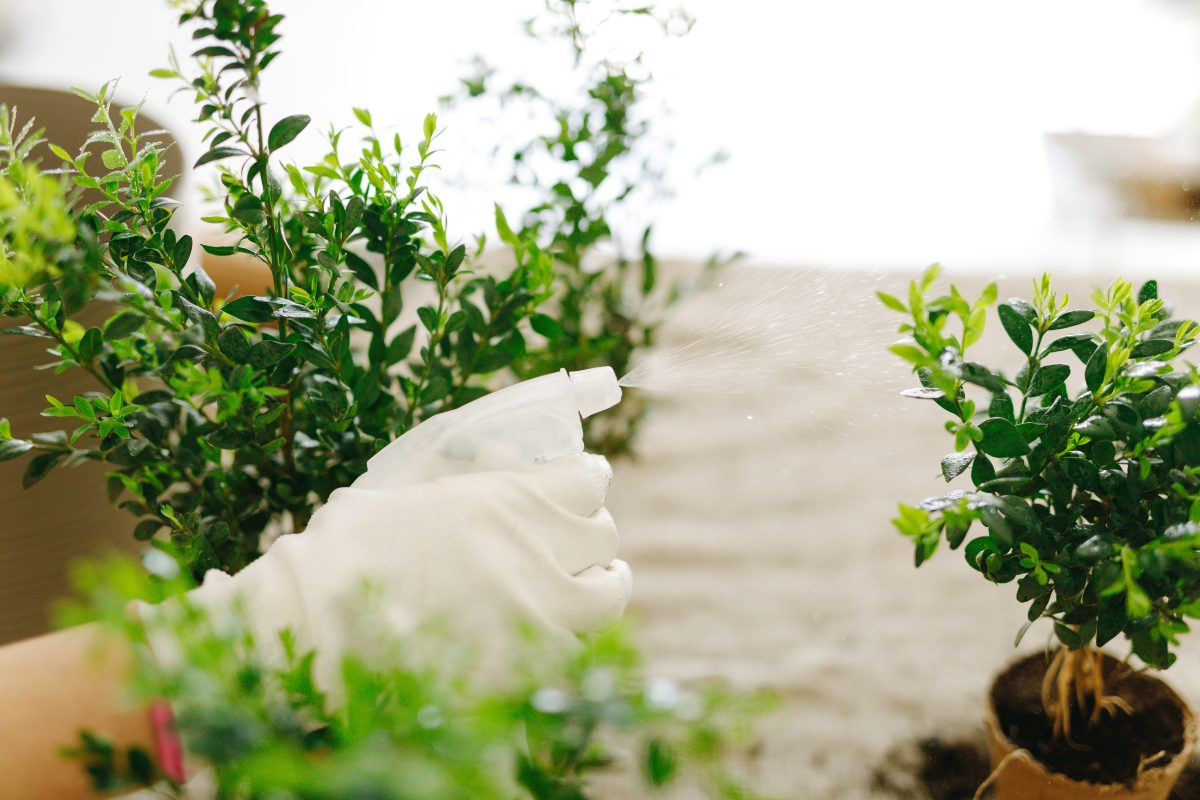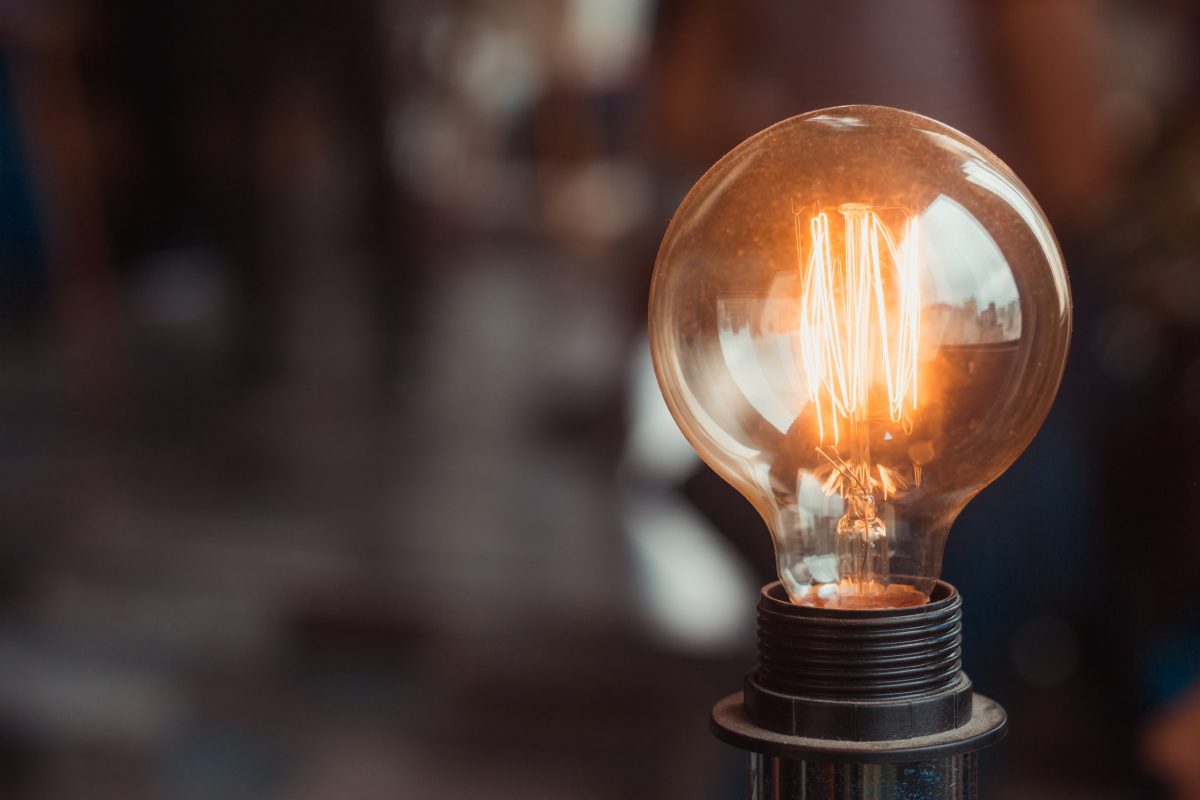Have you ever noticed how a plant growing in a hanging basket will always lean towards the wall? Or how cacti always grow on a slope and face downward. The reason for these phenomena is due to the effect of gravity on root growth.
Over a century ago now, botanists discovered that the roots of plants, no matter where they are placed, turn down toward the gravity on our planet.
In this article, we’ll explore how plants sense and respond to gravity so that you can learn more about their behavior as well.
What Is Root Growth?
Root growth is the growth of a plant’s root system. The roots of a plant are the first part of it to grow and anchor the plant in place, absorbing water and nutrients from the soil. If you’ve ever seen roots growing out of your lawn after you’ve watered it, then you know how important they are for survival!
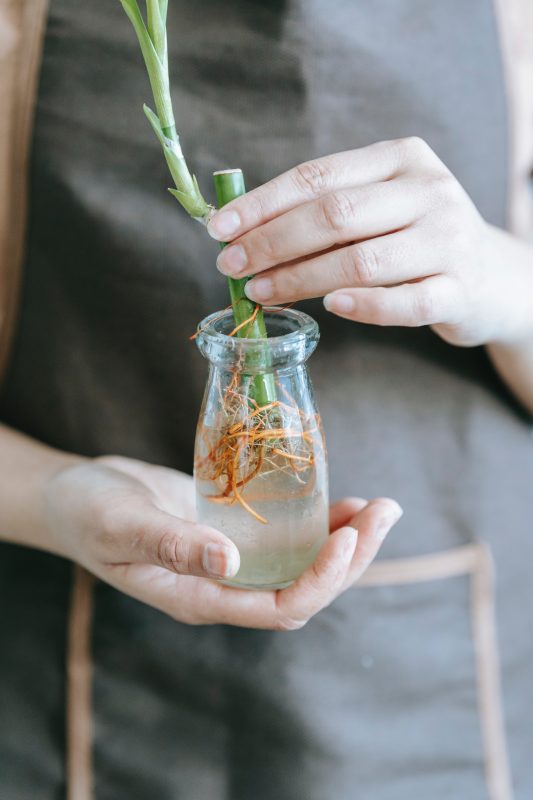
Roots absorb water and minerals from their surroundings through their outermost layer – called epidermis – which contains tiny pores called stomata (singular: stoma).
These pores allow oxygen into these tissues while keeping out harmful substances such as fungi spores or algae cells that could cause disease in plants if they were able to enter through them instead.
The root cap covers the meristem where your plant grows new cells in order to increase its root system.
It’s also protection for those new cells as they develop further into the long, hair like roots that nourish your growing plant. The root cap serves another important purpose, sensing gravity.
Gravitropism
Gravitropism is the process by which plants orient their roots towards the earth’s gravity. In other words, it’s how plants are able to tell which way is down and respond appropriately.
Root growth can be influenced by many factors, including light exposure and humidity levels. But if you’ve ever seen a seedling or young plant whose leaves grow upwards instead of down (or vice versa), then it may have been affected by an incorrect amount of light or humidity in its environment–not because there was anything wrong with its genes!
One way that plants detect gravity is through receptors called statoliths located within each cell wall; these statoliths measure changes in mass due to water absorption or loss from transpiration through capillary action within narrow spaces between cells called plasmodesmata (or PM).
The roots detect gravity through the root cap and respond to that gravity which is called gravitropism (formerly geotropism).

How Do Plants Sense Gravity?

We used to assume that roots grow down into the earth to find resources like nutrients and water, but that’s not the case. It’s not a survival instinct, it’s gravity. When seedlings are started in a gravity free environment1, they sometimes grow with the leaves and roots growing up and out in the same direction.
Plants can sense gravity, but they don’t have a brain like we do. Instead, plants have a system of receptors that help them grow toward the best conditions for survival. The cells in the root cap, called columella, settle in the direction of Earth’s gravity. This in turn changes the flow of a plant hormone, but more on that a little later.
When you look at a plant that’s growing vertically with its roots pointing downwards (like corn) or horizontally (like rose bushes), it might seem like they’re just randomly pointing in one direction or another without any rhyme or reason behind it–but there actually is! The root tips of these types of plants are sensitive to gravity and when they encounter obstacles like rocks, they bend around following the pull of gravity.
Does Gravity Affect Root Growth?
Yes, gravity does affect root growth.
You can see this effect with your own eyes. Even Charles Darwin observed this phenomenon of the root cap in 1881. He was one of the first scientists to figure out that if you remove the root cap from the root system, it can no longer detect gravity2.
The root cap not only detects gravity, but directs root growth. Once the root cap detects the pull of gravity the cells found there settle into the tip of the root. This in turn directs the plant hormone, auxin. The pull of gravity changes the concentration of auxin within the plant’s system. The auxin is what determines in what direction growth occurs.
While this is a slight oversimplification of the process, there are other nutrients like calcium involved, it is the concentration of auxin that directs the roots downward when gravity is detected.
Even Darwin stated that the root’s desire to grow downward is to find a supply of water and nutrients, but it is not the detection of those items in the soil that draws the roots, but the gravity that nature provides to pull them in the correct direction.
How Do We Know?
Beyond the work already completed by early botanists like Charles Darwin in the late 19th century, the field of botany has been studying the effects of gravity on plants for a long time.
The effect of gravity on auxin was first studied in the 1920s both in the US and Russia and named the Cholodny-Went model.
After technology advanced, the studies furthered into seeing how zero gravity environments affected plant growth only supporting the statements made in the late 19th century that plants and root growth are indeed directed by the pull of gravity.
Studies have explored other influences of gravity other than direction as well. You can even see these interests seeping down into the younger scientists with the 2010 California State Science Fair Entry3 where a young scientist studied how the strength of gravitational pull affected root growth. They found that the roots were the longest on the plants that were exposed to stronger gravitational force.

Conclusion
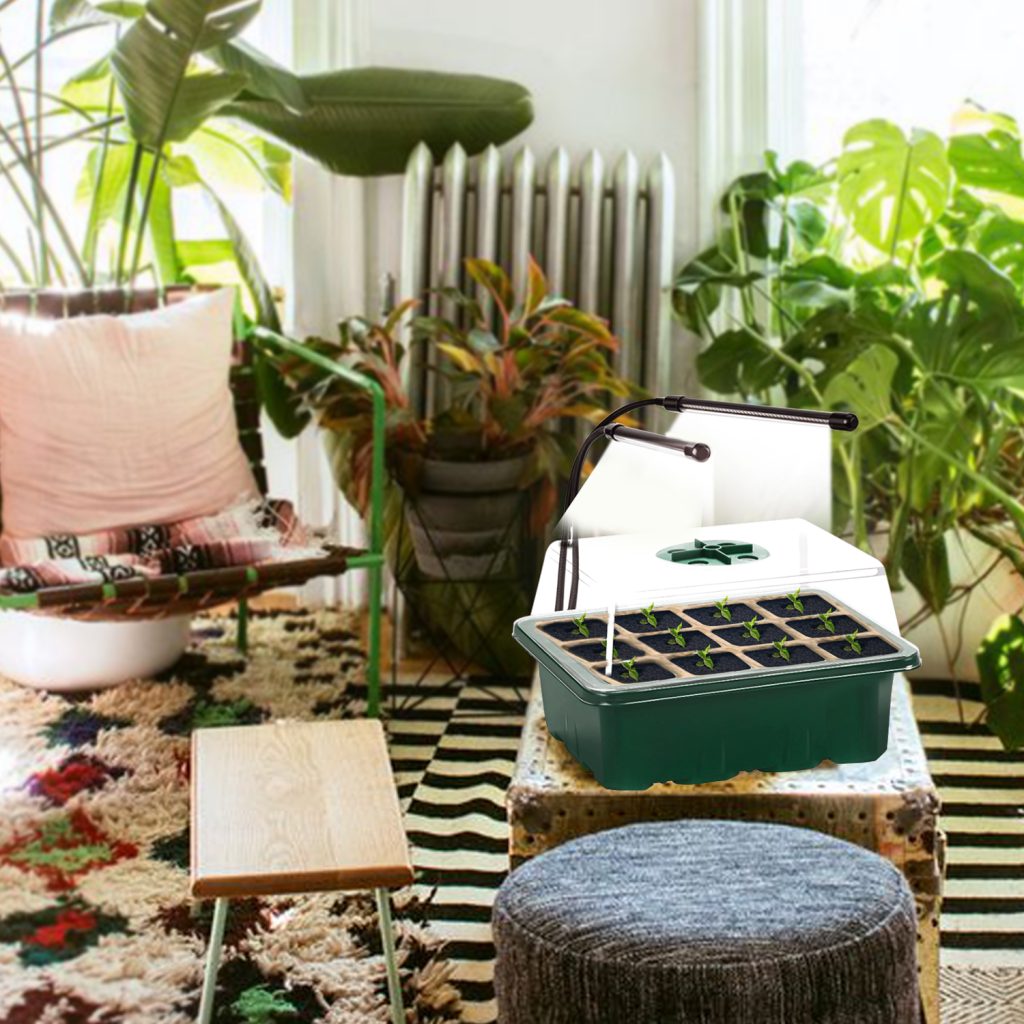
Gravity plays an important role in plant growth, both roots, stems, and leaves. This phenomenon has drawn botanists for over a century and still does as they strive to understand the pull of gravity and how the plant responds so distinctly.
The root cap detects gravitational pull and that in turn affects nutrients and hormones within the plant that then, in turn, stimulated not only the growth of the root, but the direction that growth takes.
Observe how your plant roots grow with LightlyBloom Seed Starter Kit.


